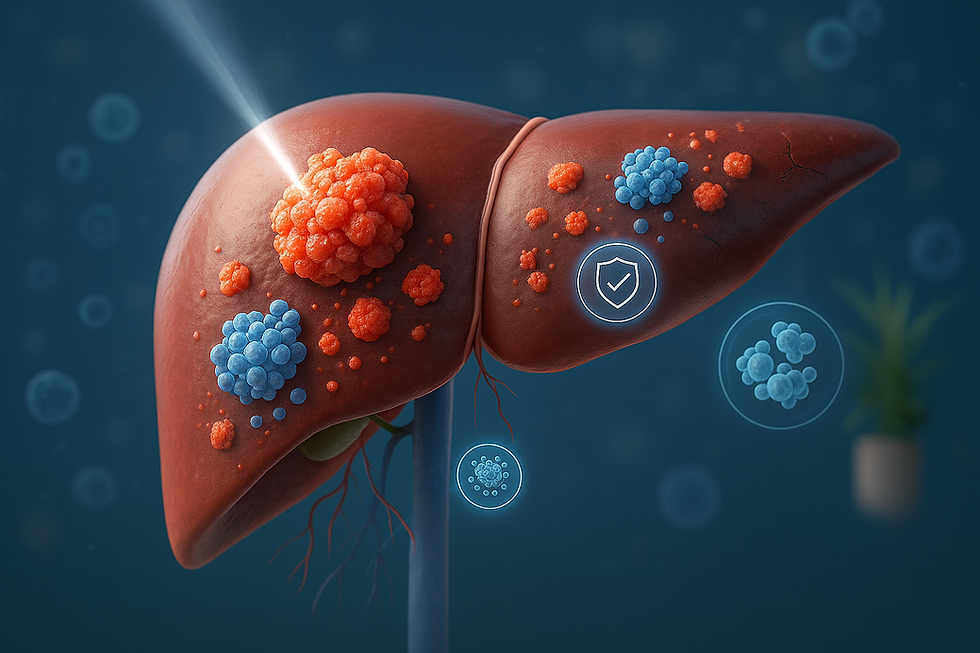Ovarian Cysts Causes Symptoms Diagnosis and Treatment
- Doctoury

- May 24, 2024
- 2 min read
Updated: Mar 8
Ovarian Cysts Causes Symptoms Diagnosis and Treatment
Ovarian cysts are a common gynecological condition affecting many women during their reproductive years. This comprehensive guide provides essential information about ovarian cysts, including their types, causes, symptoms, diagnostic procedures, treatment options, and preventive measures. Understanding these aspects can help manage and prevent complications associated with ovarian cysts.
Ovarian cysts are fluid-filled sacs or pockets that develop on or within an ovary. While most cysts are benign (non-cancerous) and resolve on their own, they can sometimes cause symptoms and require treatment.

There are several types of ovarian cysts, each with unique characteristics:
Functional Cysts: The most common type, including follicular cysts (which form during the menstrual cycle) and corpus luteum cysts (which occur after the egg is released).
Dermoid Cysts: Composed of various cell types, they can contain hair, fat, and other tissues.
Cystadenomas: Cysts that develop from ovarian tissue and can be filled with a watery or mucous material.
Endometriomas: These cysts arise from endometriosis when endometrial tissue grows on the ovaries.
Ovarian cysts typically form as a result of the menstrual cycle. Other factors contributing to their development include:
Hormonal imbalances
Endometriosis
Pelvic infections
Previous ovarian cysts
Many women with ovarian cysts experience no symptoms. However, when symptoms occur, they may include:
Pelvic pain – sharp or dull ache in the lower abdomen on the side of the cyst
Fullness or heaviness in the abdomen
Bloating
Painful intercourse or pain during menstruation
Ovarian cysts are often discovered during a routine pelvic examination. Additional diagnostic tools include:
Ultrasound: The primary tool used to confirm the presence and evaluate the nature of the cyst.
CT scan and MRI: Provide greater detail and help in the diagnosis of complex cysts.
Blood tests: Check for cancer markers, especially in postmenopausal women.
Treatment depends on the cyst type, size, and whether it causes symptoms.
Watchful Waiting: Small, non-symptomatic cysts may just be monitored over time.
Medication: Hormonal contraceptives may be prescribed to prevent new cysts in those who frequently develop them.
Surgery: Large, persistent, or painful cysts may require removal. Techniques vary from minimally invasive laparoscopy to more extensive laparotomy.
While not all ovarian cysts can be prevented, regular pelvic examinations and understanding the risk factors can help early detection and management. Hormonal contraceptives might reduce the risk of developing new cysts.
Ovarian cysts are a treatable condition that many women will experience at some point in their lives. By understanding the types, causes, symptoms, and available treatment options, women can better manage their health and seek appropriate care when needed. Always consult with a healthcare provider for advice tailored to your specific condition.
This guide aims to provide valuable insights into ovarian cysts, enhancing awareness and facilitating better management of this common condition. For more information, always consult a healthcare professional who can provide personalized advice and treatment options based on individual health needs.




Comments